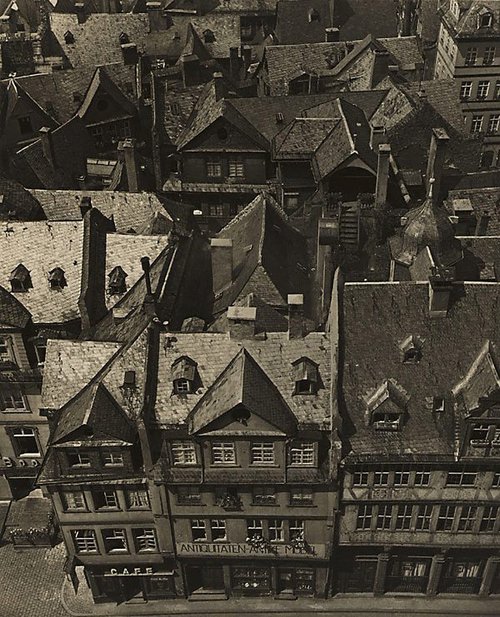Title
Sulphuric acid plant, Electrolytic Zinc, Risdon Road, Tasmania
1959
Artist
-
Details
- Date
- 1959
- Media category
- Photograph
- Materials used
- gelatin silver photograph
- Dimensions
- 49.0 x 38.0 cm image/sheet
- Signature & date
Signed l.r. verso, pencil "Wolfgang Sievers". Dated l.l. verso, pencil "... 1959".
- Credit
- Purchased with funds provided by the Photography Collection Benefactors' Program 2011
- Location
- Not on display
- Accession number
- 330.2011
- Copyright
- © Estate of Wolfgang Sievers/Copyright Agency
- Artist information
-
Wolfgang Sievers
Works in the collection
- Share
-
-
About
Upon arriving in Melbourne from Germany in 1938, Wolfgang Sievers sought out work in the advertising world but was quickly disenchanted with the taste of his clientele. Deeply grounded in the Bauhaus aesthetic movement through his studies at the Contempora School of Modern Applied Arts in Berlin, it is perhaps not surprising that Sievers quickly turned to industrial and architectural photography in search of thoroughly modern images and subject matter.
The emphasis on pure form, simple and functional design was an axiom Sievers borrowed from the Bauhaus and applied to the aesthetic core of his oeuvre. Machinery provided him ample room for formalist experimentation as can be seen in ‘Sulphuric acid plant, Electrolytic Zinc, Risdon Road, Tasmania’ 1959. Recalling a Leger painting, this photograph attains sheer musicality through the rhythmical and dynamic arrangement of the pipes and stairs. But the photograph is also about the modernist idea of unity between art and life, function and creativity. Turning to colour gave Sievers an opportunity to extend the vocabulary of these ideas. In ‘Hamersley Iron, iron ore stockpiling, Dampier, WA’ 1971, the shapes of the dunes are not only intensely graphic, but are also operatic in both scale and mood due to the perspective and the shadows. The heightened drama and the pronounced theatricality of these later colour works indicated, according to Helen Ennis, a certain crisis of faith both in the photographer’s belief in the modernist project and the consequences of industrialisation. 1
1. Helen Ennis , ‚Wolfgang Sievers’, WriteLight, Sydney, 1998, p 85
-
Bibliography
Referenced in 2 publications
-
Jorge Calado, Life line: the photography of Wolfgang Sievers 1933-1993, 2000, 105 (illus.).
-
Wolfgang Sievers, Wolfgang Sievers, 1998, 37 (illus.).
-




